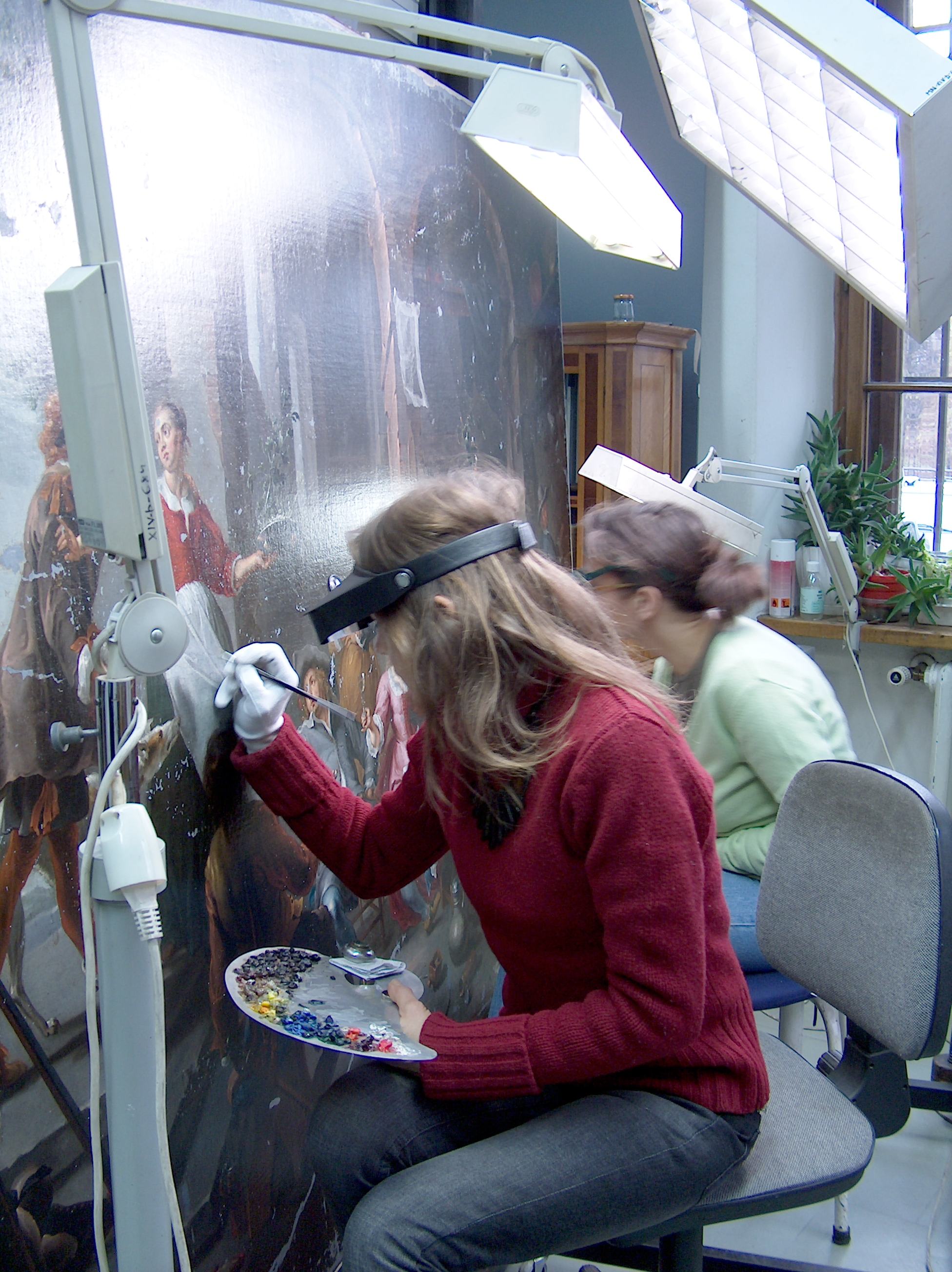|
Wonkwang University
Wonkwang University is a university located in Iksan, South Korea. Founded as Youilhakrim (유일학림) in 1946, it is one of the few academies affiliated with Won Buddhism. Yuilhakrim was succeeded by Wonkwang Junior College (원광초급대학) on 5 November 1951, and gained college status on 29 January 1953. The Postgraduate School was opened in 1967, and in 1971 it gained university status. The university is known for its diverse medical courses: western medicine, dentistry, Korean medicine and pharmacy. Beside medical courses, the school is well known for its specialised courses such as police administration, fire service administration, and law school. Wonkwang University is one of the two only schools in South Korea that have courses for antiques restoration. Alumni * Ha Tae-kwon, badminton player * Hwang Sun-ho, badminton player * Kim Dong-moon, badminton player * Park Beom-shin, author * Seo Do-young Seo Do-young is a South Korean actor. Career Seo Do-young was ... [...More Info...] [...Related Items...] OR: [Wikipedia] [Google] [Baidu] |
Law School
A law school (also known as a law centre or college of law) is an institution specializing in legal education, usually involved as part of a process for becoming a lawyer within a given jurisdiction. Law degrees Argentina In Argentina, lawyers-to-be need to obtain an undergraduate degree in law in order to practice the profession, as opposed to the US system in which a law degree is not obtained until successfully completing a postgraduate program. In spite of that, it is customary to call Argentine lawyers 'doctors,' although the vast majority of them do not hold a Juris Doctor degree. The reason lies in that the career was originally called 'Doctorate in Laws' (''Doctorado en Leyes''), which was an undergraduate degree. There were no graduate studies available in the country at the time of its creation, and they would be instituted only in 1949. After the university reform of 1918 the career was renamed ' Attorney'. It is 5–6 years long, some universities also offeri ... [...More Info...] [...Related Items...] OR: [Wikipedia] [Google] [Baidu] |
Antiques Restoration
Conservation and restoration of movable cultural property is a term used to denote the conservation of movable cultural property items in libraries, archives, museums and private collections. Conservation encompasses all the actions taken toward the long-term preservation of cultural heritage. Activities include examination, documentation, treatment, and preventive care, which is supported by research and education. Object conservation is specifically the actions taken to preserve and restore cultural objects. The objects span a wide range of materials from a variety of cultures, time periods, and functions. Object conservation can be applied to both art objects and artifacts. Conservation practice aims to prevent damage from occurring, a process known as 'preventive conservation'. The purpose of preventive conservation is to maintain, and where possible enhance, the condition of an object, as well as managing deterioration risks, such as handling and environmental conditions. Histori ... [...More Info...] [...Related Items...] OR: [Wikipedia] [Google] [Baidu] |
Buddhist Universities And Colleges In South Korea
Buddhism ( , ), also known as Buddha Dharma and Dharmavinaya (), is an Indian religion or philosophical tradition based on teachings attributed to the Buddha. It originated in northern India as a -movement in the 5th century BCE, and gradually spread throughout much of Asia via the Silk Road. It is the world's fourth-largest religion, with over 520 million followers (Buddhists) who comprise seven percent of the global population. The Buddha taught the Middle Way, a path of spiritual development that avoids both extreme asceticism and hedonism. It aims at liberation from clinging and craving to things which are impermanent (), incapable of satisfying ('), and without a lasting essence (), ending the cycle of death and rebirth (). A summary of this path is expressed in the Noble Eightfold Path, a training of the mind with observance of Buddhist ethics and meditation. Other widely observed practices include: monasticism; " taking refuge" in the Buddha, the , and the ; ... [...More Info...] [...Related Items...] OR: [Wikipedia] [Google] [Baidu] |

